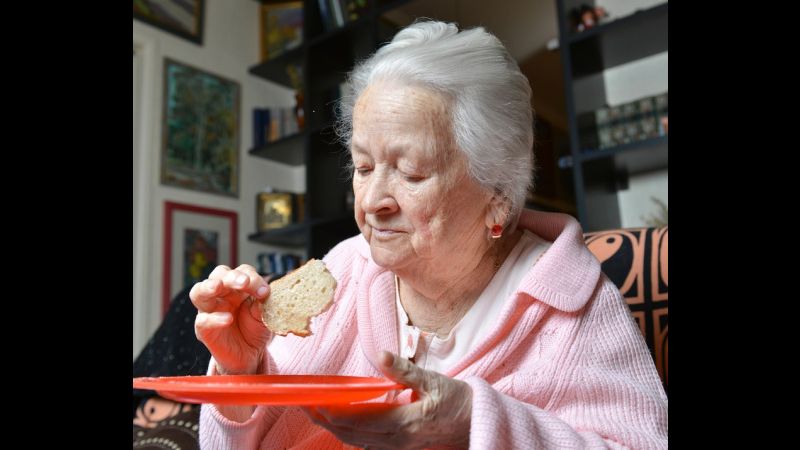Healthy diets can be very difficult to maintain. Whether young or old, ensuring that you’re getting the proper nutrition requires a lot of effort on a daily basis. According to a new study, many older adults are struggling with their daily nutrition intake. One out of every twelve American adults will not eat enough nutrient-dense food to maintain a healthy diet.
In most cases, adults lack a healthy diet as they cannot afford to purchase the appropriate foods to suit their dietary needs. Due to the lack of sufficient foods, seniors are not only malnourished, but also face the risk of developing more health risks. As seniors age and continue to be malnourished, they are higher risk for the development of diseases such as higher levels of cholesterol and blood pressure which can lead to heart attacks, diabetes, and even gum disease.
Safety Concerns
In addition to physical health issues that are caused by malnourishment, seniors who are suffering from food insufficiency also develop a higher rate of depression and greater limitations on daily activities. Other studies have proven that even having grandchildren in their homes can effect a senior’s nutrient intake as well. Grandparents attend to have special treats laying around for the little ones to eat and studies have shown that this negatively impacts their own diets. Although children always brighten up our days and put smiles on our faces, cookies and candies don’t make for a healthy diet, regardless of age. HealthDay reports that seniors who did not have grandchildren in their homes had a higher nutrient intake than those who do have grandchildren.
Prevention
One of the biggest challenges in managing a healthy diet is not only preparing healthy meals, but being able to afford the required groceries. There may not be much that can aid income, but the Supplemental Nutrition Assistance Program (SNAP) may be an important factor in eliminating food insecurity in seniors. In order to ensure that your beloved seniors are not part of the 4.8 million who are “hungry” every year, food stamps could be the determining factor in keeping your loved ones fed and healthy.
Food stamps provide those with no or low income assistance in purchasing food. SNAP has aided more than 40 million low/no income Americans over just the last few years. There are many factors that go into consideration when applying for food stamps, but the basics include the size of the household, income, and expenses. When it comes to dealing with budget and proper nutrition for your loved ones, food stamps may be the way to go to ensure proper nutrition and a healthier living.

